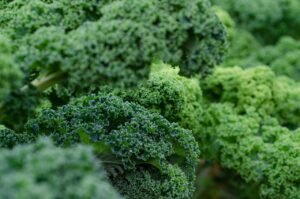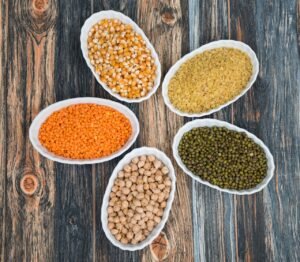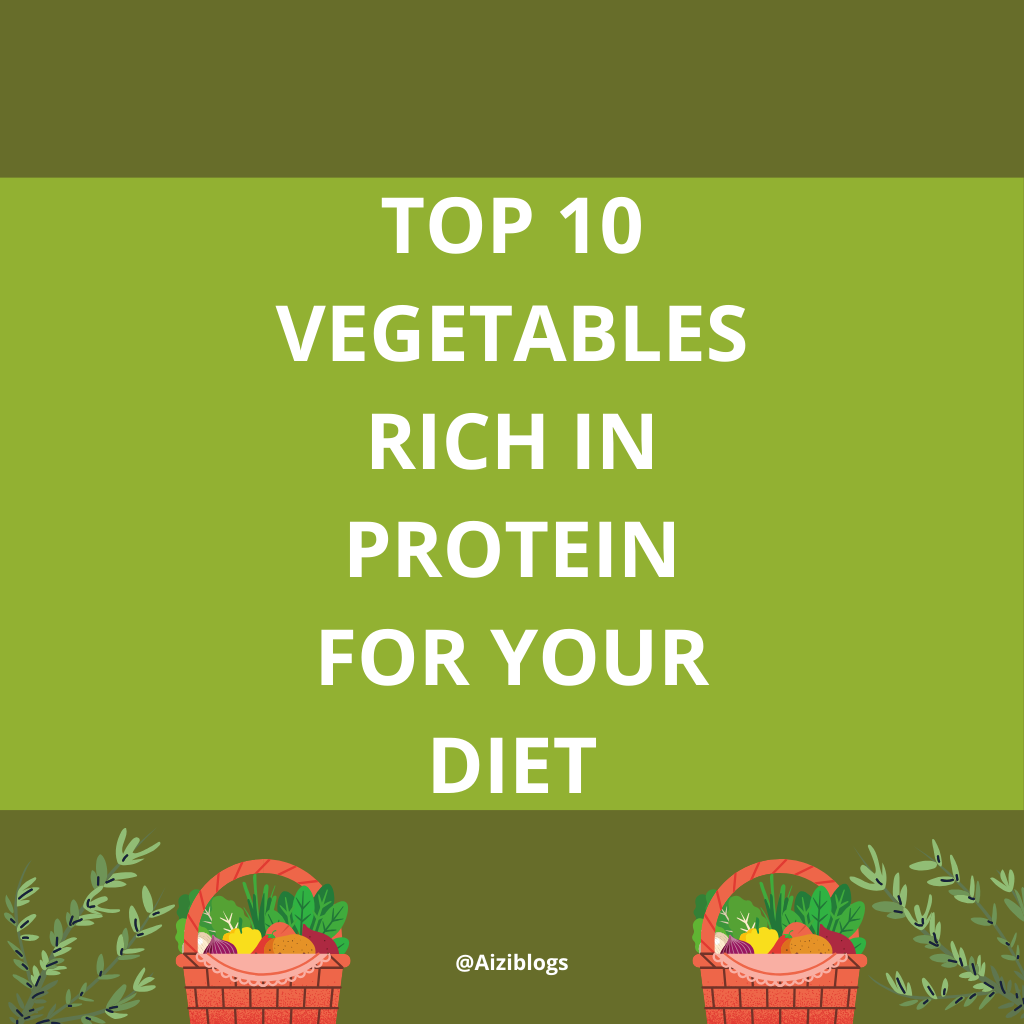Introduction
Concerning building a fair and nutritious eating plan, joining high-protein vegetables can be a certain advantage. Other than the way that these powerhouses stacked with are pivotal improvements, regardless, they in this way offer a stunning methodology for expanding your protein usage, particularly accepting at least for a moment that you’re following a veggie darling or vegetarian way of life. In this article, we’ll jump into the Top 10 Vegetables Rich in Protein for Your Diet, uncovering a comprehension of their dietary benefits and sharing tips on the most skilled system to wonderfully arrange them into your feasting encounters.
Why Incorporate Vegetables Rich in Protein for Your Diet?
Protein is indispensable for muscle fix, resistant capability, and the creation of chemicals and chemicals. While meat and dairy are known wellsprings of protein, vegetables can likewise be a great source, giving extra advantages like fiber, nutrients, and minerals with lower calories and fats. Remembering high-protein vegetables for your eating routine can uphold weight the board, further develop heart well-being, and add to generally speaking prosperity.
High-Protein Vegetables
Peas
Nutritional Value: Peas are a splendid wellspring of plant-based protein and give tremendous proportions of supplements A, C, and K, close by dietary fiber, which maintains stomach-related prosperity.

How to Incorporate: Peas are extraordinarily flexible. You can add them to servings of mixed greens for a pop of pleasantness, mix them into a rich pea pesto for pasta, or remember them for soups for added surface and supplements.
Spinach
Nutritional Value: Spinach is a verdant green contribution protein, iron (which is urgent for making hemoglobin that conveys oxygen in your blood), calcium for bone wellbeing, and cell reinforcements that battle oxidative pressure in your body.

How to Incorporate: Spinach can be added crudely to smoothies and mixed greens for supplement help, sautéed as a delectable side dish, or integrated into dishes like omelets and quiches for added variety and flavor.
Kale
Healthy benefit: Kale is a supplement force to be reckoned with, high in protein, nutrients A, C, K, and fundamental minerals. It’s additionally rich in cell reinforcements which assist with checking oxidative harm.

How to Incorporate: Kale can be heated into fresh chips, added to servings of mixed greens for a crunchy surface, or tossed into soups to improve their wholesome profile.
Broccoli
Healthy benefit: Broccoli is known for its protein content, dietary fiber, and elevated degrees of nutrients C and K. It likewise offers cancer prevention agents and bioactive mixtures that have medical advantages.

How to Incorporate: Broccoli can be steamed as a solid side dish, added to sautés for crunch, or mixed into soups for a portion of green goodness.
Brussels Sprouts
Nutritional Value: These downsized cabbages are stacked with protein, fiber, and supplements K and C, supporting bone prosperity and the protected structure.

How to Incorporate: Brussels juveniles can be stewed with a sprinkle of balsamic vinegar for a caramelized influence or obliterated into plates of leafy greens for a new, crunchy surface.
Artichokes
Nutritional Value: Artichokes are high in protein, fiber, and cell fortifications. They likewise contain prebiotics, which manage the huge microorganisms in your stomach.

How to Incorporate: Grilled or arranged artichokes can be given a combination of plunging sauces, adding epicurean contact to your suppers.
Asparagus
Nutritional Value: Asparagus gives protein, nutrients A, C, E, and K, and goes about as a characteristic diuretic, assisting with flushing out an overabundance of liquid from the body.

How to Incorporate: Asparagus can be barbecued or cooked for a basic side, or added to omelets and mixed greens for a rich, nutritious touch.
Edamame
Nutritional Value: Edamame beans are ample in protein, fiber, and supplements, including vitamin K. They are young soybeans and manage all of the principal amino acids your body needs.

How to Incorporate: Appreciate edamame as a sound goody, set them up into plates of mixed greens for a protein lift, or mix them into hummus for a turn on the exemplary recipe.
Lentils
Nutritional Value: Lentils are a sublime wellspring of protein, fiber, and minerals like iron and potassium. They’re helpful for heart wellbeing and processing.

How to Incorporate: Lentils can be cooked and utilized in soups, mixed greens, or even as a meat substitute in patties for burgers, giving a generous, nutritious other option.
Mushrooms
Nutritional Value: Mushrooms offer a lot of protein and B nutrients, alongside cell reinforcements. They’re an extraordinary choice for those hoping to add more plant-based proteins to their eating regimen.

How to Incorporate: Sauté mushrooms as a side dish, add them to compartment burns for importance, or use them as a meat substitute in dishes like burgers and tacos for their rich, umami flavor.
How to Vegetables Rich in Protein for Your Diet
Making a Vegetables Rich in Protein is fundamental and can be incredibly delightful. Begin by choosing various of the vegetables recorded above to guarantee a scope of supplements. Attempt to consolidate different cooking techniques, like barbecuing, simmering, and steaming, to add a profundity of flavor. Remember to prepare with spices and flavors for an additional increase in cancer prevention agents and flavor.
Conclusion
Coordinating Vegetables Rich in Protein into your eating routine is a fabulous method for helping your supplement consumption while partaking in various scrumptious dinners. Whether you’re a meat-eater hoping to enhance your protein sources or a veggie-lover/vegetarian looking for additional choices, the vegetables recorded above offer an abundance of medical advantages and culinary potential outcomes. In this way, feel free to add these supplement-thick vegetables to your plate for a better, more adjusted diet.
FAQs
What are Vegetables Rich in Protein?
Vegetables Rich in Protein are those that contain a further degree of protein contrasted and their calorie content. Models consolidate peas, spinach, kale, and broccoli.
How should I coordinate Vegetables Rich in Protein for Your Diet?
You can add them to servings of leafy greens, soups, and container singes, blend them into smoothies, or value them as nibbles, for instance, stewed edamame.
Are these vegetables suitable for all weight control plans?
Without a doubt, Vegetables Rich in Protein are suitable for most eating regimens, including veggie sweethearts, vegans, and sans gluten counts calories. They offer a plant-based protein source that can enhance any dietary tendencies.
How oftentimes could it be prudent for me to eat Vegetables Rich in Protein?
Plan to recollect Vegetables Rich in Protein for your everyday eating routine to ensure a consistent confirmation of principal enhancements and protein.
Could Vegetables Rich in Protein help with weight the leaders?
Completely. Vegetables Rich in Protein can be very filling as a result of their fiber content, helping with reducing everyday calorie confirmation while at this point giving basic enhancements.


4 thoughts on “Top 10 Vegetables Rich in Protein for Your Diet”